A Very Narrow Bridge
The morning in Selma, Alabama was extremely foggy. It was hard to see the Alabama river below the bridge into town. We turned off the bridge onto Water Street. Stepping down from the bus, we entered one of the old brick buildings along the waterfront. And then the day slowly began to clear.
Selma had recently been in the news. An F-2 tornado touched down in January devastating parts of the city. But that was not why this group of rabbis came to town. Selma has another dark and stormy history spanning centuries. Selma is emblematic of a small Southern segregated city.
We stood on Water Street, just a few dozen feet away from the spot where boats would dock. For decades, this is where slaves arrived in Selma.
After the Civil War, Southern states denied their African American citizens’ basic human rights. In 1896 the Supreme Court affirmed laws that gave separate but equal treatment to Blacks. Of course, in practice, these laws denied Blacks their rights to a good education, equal access to government services, or participation in commerce. Chief among these rights is the right to vote. Through various restrictions such as poll taxes and literacy tests, southern states were able to prevent Blacks from registering. By the 1950s, only two percent of Blacks in Selma could vote. For that reason, Selma became the focal point of the efforts to secure voting rights for Blacks.
Civil Rights leaders feared the backlash from attempts to desegregate Selma. Yet, Dr. Bernard Lafayette convinced the leadership to send him to Selma. His efforts laid the groundwork for the historic march from Selma to the state capital, Montgomery, Alabama. The only road to Montgomery required crossing a bridge named for a Confederate general and KKK leader. It took three attempts for the marchers to walk from the Brown Chapel AME Church over the Edmund Pettus Bridge. The first attempt was on March 7, 1965. 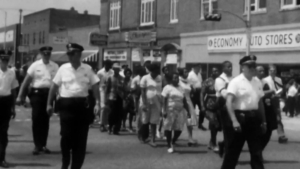 Six hundred marchers were met with horrendous violence from the police and local men deputized for this purpose. It is known as Bloody Sunday in American history. The next week, with the support of Federal Troops, the marchers made it across the bridge on a five-day, fifty-mile trek to the capital, demanding voting rights.
Six hundred marchers were met with horrendous violence from the police and local men deputized for this purpose. It is known as Bloody Sunday in American history. The next week, with the support of Federal Troops, the marchers made it across the bridge on a five-day, fifty-mile trek to the capital, demanding voting rights.
My first steps in Selma were into the By the River Center for Humanity. We met Sister Afriye We-kandodis who leads life-changing experiences. We sampled some of her soul work. In her presentation, she shared a belief that healing is achieved when we acknowledge the totality of the past. Our work is to love ourselves and overcome fear. Her healing techniques included sound, movement, and performance to achieve spiritual and emotional releases.
Picture this scene. Twenty white Jewish leaders in a wide circle, hugging themselves and screaming “I love myself.” With inspirational music blaring, many took turns dancing in the circle’s center with Afriye. Her faith was so strong, that all were swept up in the love, and fully engaged in the activity.
We later walked across the Edmund Pettus Bridge. The sunshine brushed aside the fog and cloudiness. We sang: “Kol Haolam Kulo Gesher Tzar M’od,” all the world is a narrow bridge. The main thing is not to fear. We walked quietly. Our steps followed the steps of civil rights heroes. We were walking on holy ground.
The challenge today is to keep walking across those bridges.
Rabbi Evan J. Krame
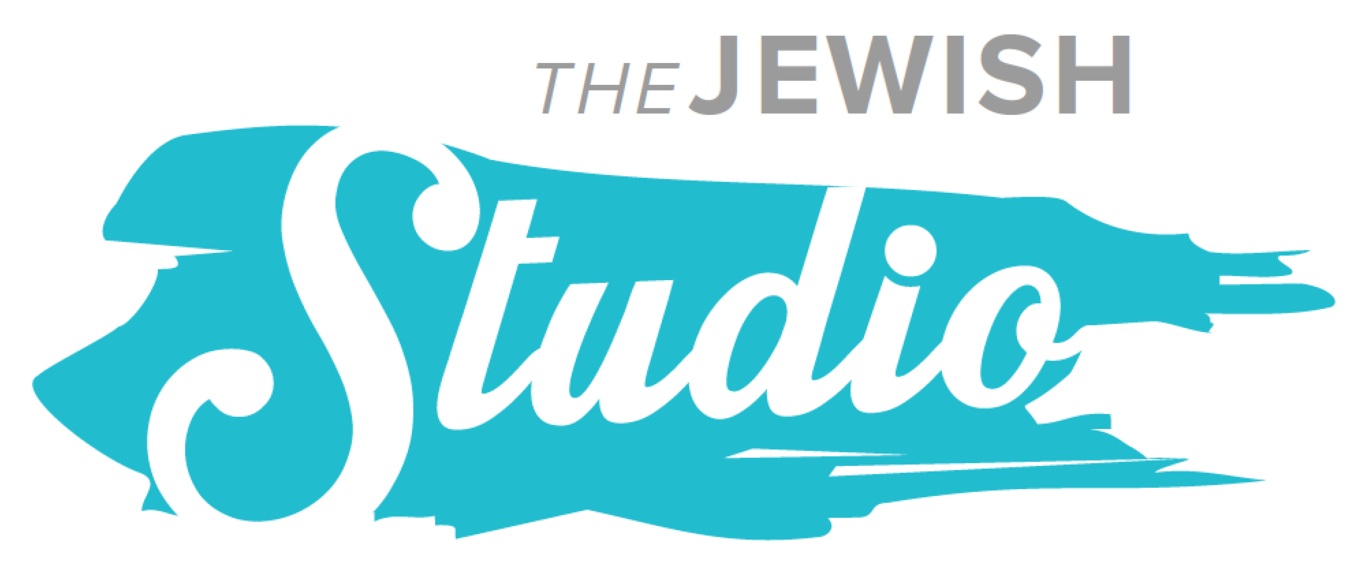
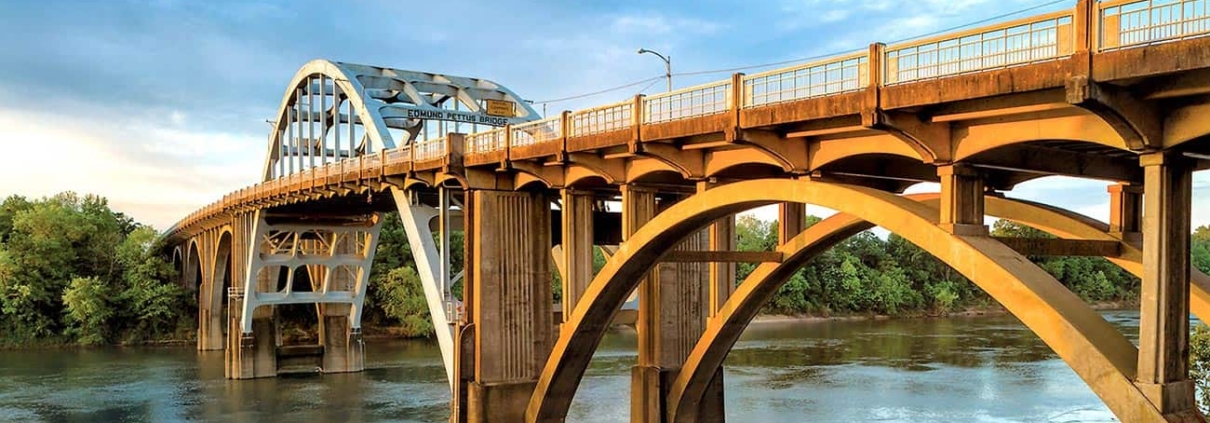


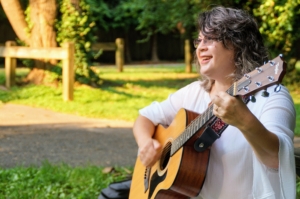
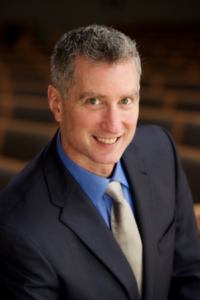
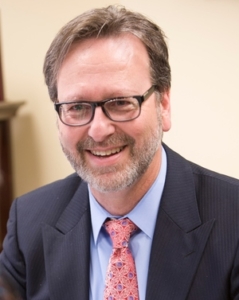 Evan J. Krame was ordained as a rabbi by the
Evan J. Krame was ordained as a rabbi by the